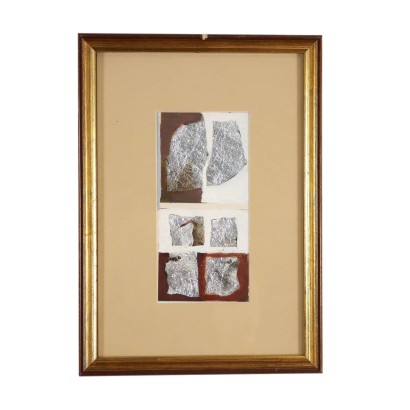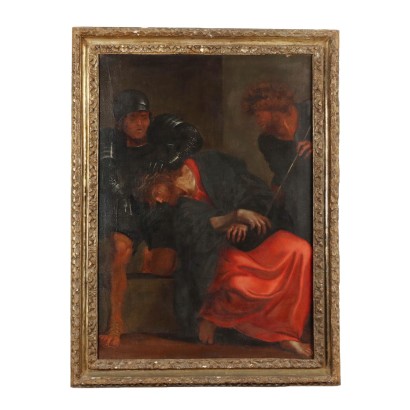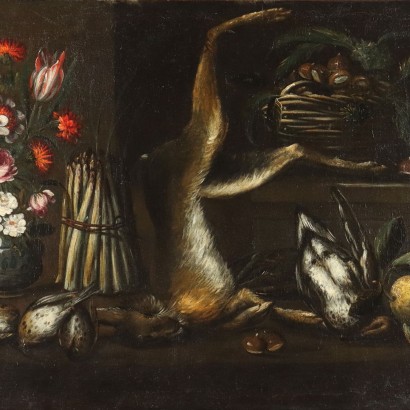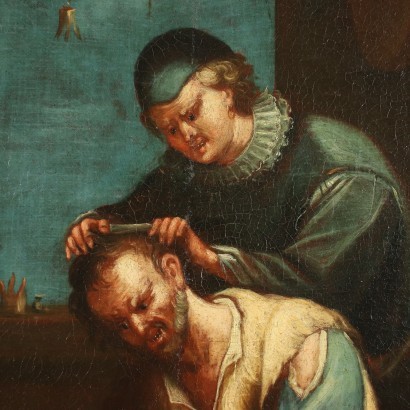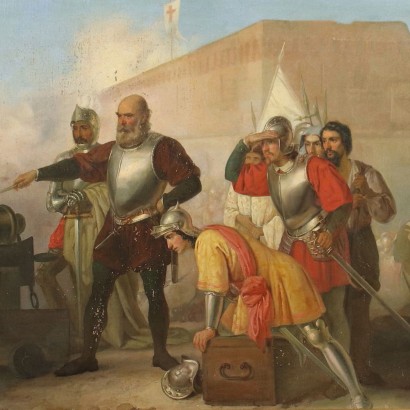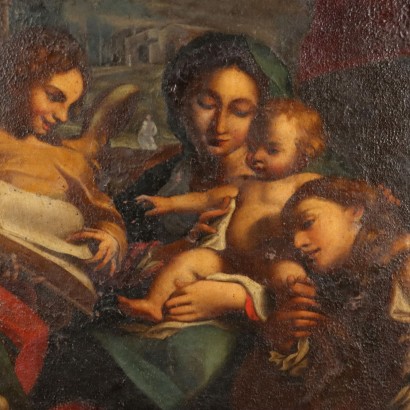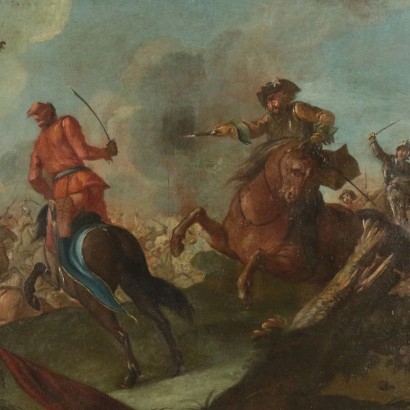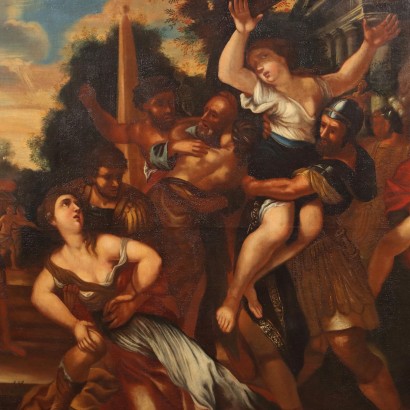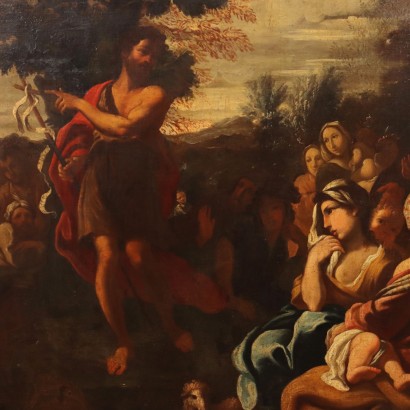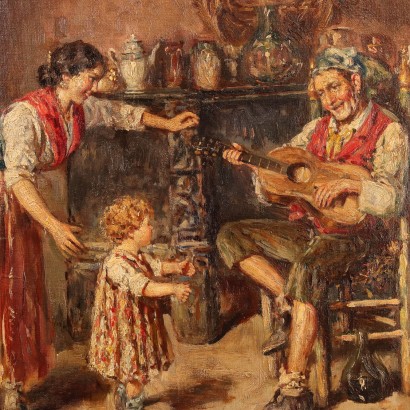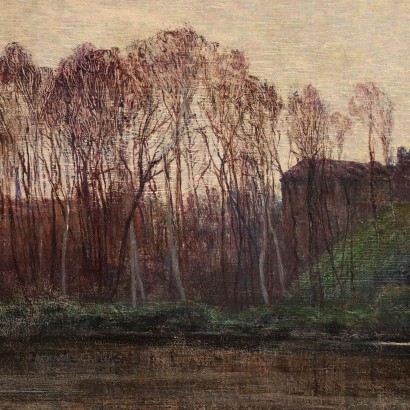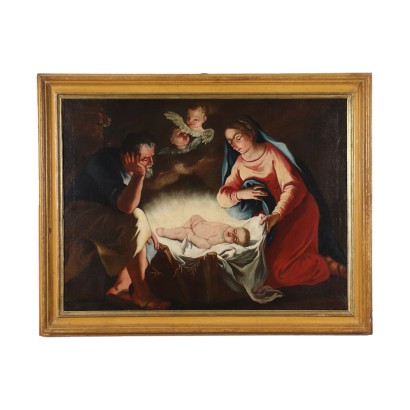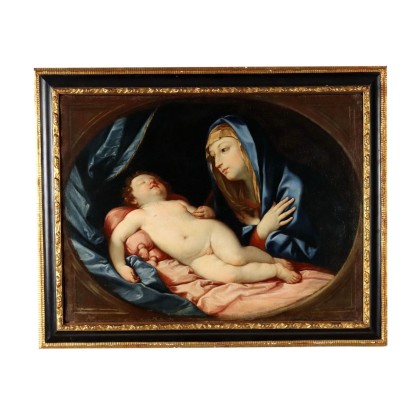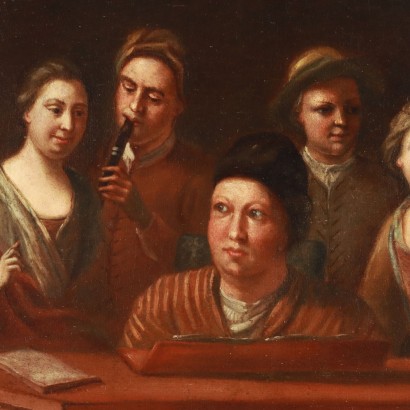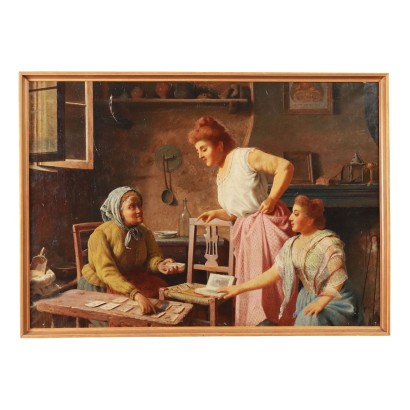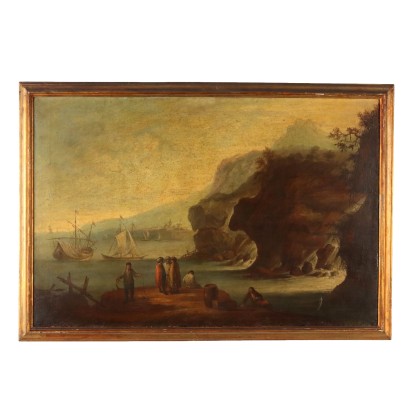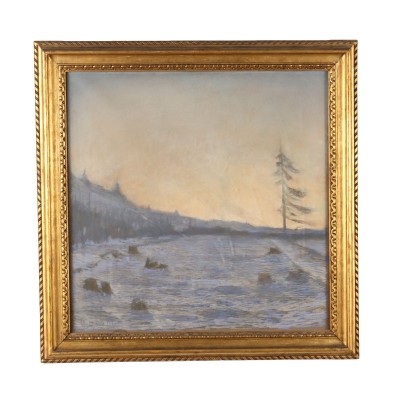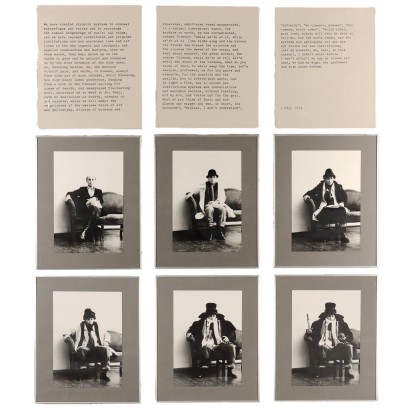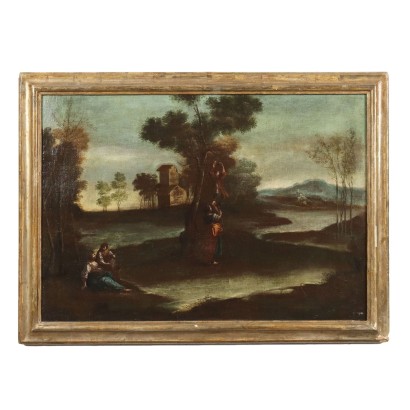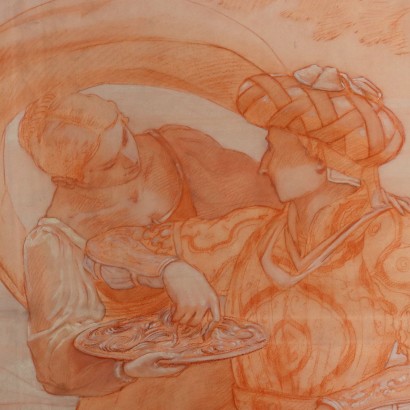Specific typology
Price
Age
Subject
- Animals [1]
- Figures of Saints [1]
- Surreal images [1]
- Caricatures, satirical drawings [1]
- Conceptual art [1]
- Battle [1]
- Still life [3]
- Historic Subject [2]
- Landscape with Figures [9]
- Landscape [6]
- Marine Landscape [1]
- Landscape with Architecture [1]
- Views/City Glimpses [2]
- Portrait/Face [6]
- Allegorical/Mythological Subject [1]
- Sacred Subject [6]
- Genre Scenes [5]
- Scene with Figures [2]
- Abstract Composition [2]
- Human Figures [4]
Artist
- Riccardo Viriglio [1]
- Cioni Carpi [1]
- Danilo Martinis [1]
- Nikas Safronov [1]
- Giovanni Boni [1]
- Vyacheslav Sawich Mikhailov [1]
- Guglielmo Zocchi [1]
- Remo Bianco [1]
- Gaetano Valbusa [1]
- Giovanni Balansino [3]
- Primo Carena [2]
- Jean Cocteau [1]
- Adriano Gajoni [1]
- Giacomo Micheroux [1]
- Gaetano Bellei [1]
- Cesare Maggi [1]
- Giuseppe Giardiello [1]
- Achille Guzzardella [1]
- Marco Cornini [1]
- Guido Lodigiani [1]
- Felice Boselli [2]
- Guido Reni [1]
- Guido Cinotti [1]
Artistic technique
Technical specification
Material
Artistic school
Dimensions
ApplySort by

